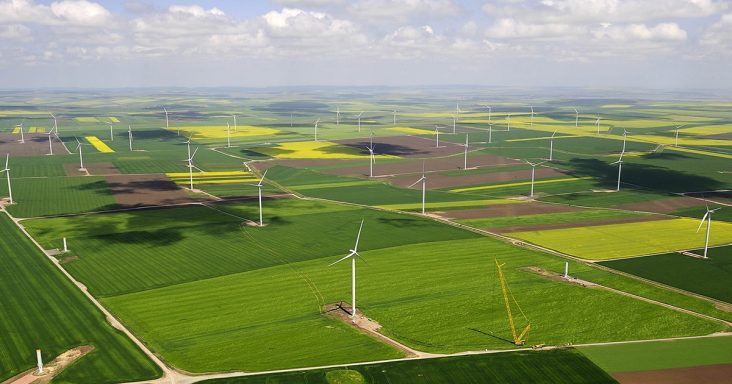U.S. battery power capacity increased by 35% in 2020
by August 16, 2021 12:02 pm 510 views

Large-scale battery power capacity continues to increase in the United States, rising to 1,650 megawatts by the end of 2020, according to the U.S. Energy Information Administration (EIA).
The EIA released Monday (Aug. 16) a report, Battery Storage in the United States: An Update on Market Trends, that shows U.S. battery power capacity rose by 35% in 2020 and has tripled in the past five years.
Between 2021 and 2023, utilities have plans to install more than 10,000 megawatts of additional large-scale battery power capacity.
“Growth in U.S. battery systems is critical as the United States faces new hurdles to reliable electricity delivery,” said EIA Acting Administrator Steve Nalley. “Energy stored in batteries can react to second-to-second fluctuations in the electric grid, protecting grid power quality and improving the grid’s efficiency.”
The recent rise in new storage capacity can be attributed to battery energy systems being co-located with or connected to solar projects.
“Battery systems can help store electricity generated from solar or other renewables so that electricity is available at times when demand is peaking, but generation from renewables is lower,” Nalley said.
Five states accounted for more than 70% of U.S. battery power capacity as of December 2020. California comprised 31% of the U.S. total with 506 megawatts. Texas, Illinois, Massachusetts and Hawaii had more than 50 megawatts of the capacity.
More than 400 megawatts of small-scale battery power capacity was operating in the United States as of 2019. California accounted for 83% of the capacity. Small-scale batteries have a capacity of 1 megawatt or less.
Power capacity is a measure of the maximum amount of power a battery system can discharge in an instant. Large-scale batteries can also be measured by energy capacity — the amount of energy a battery system can store. U.S. battery system energy capacity also continued to rise, reaching 1,688 megawatt-hours at the end of 2019, a 30% increase from 2018.
Link here for the report.
